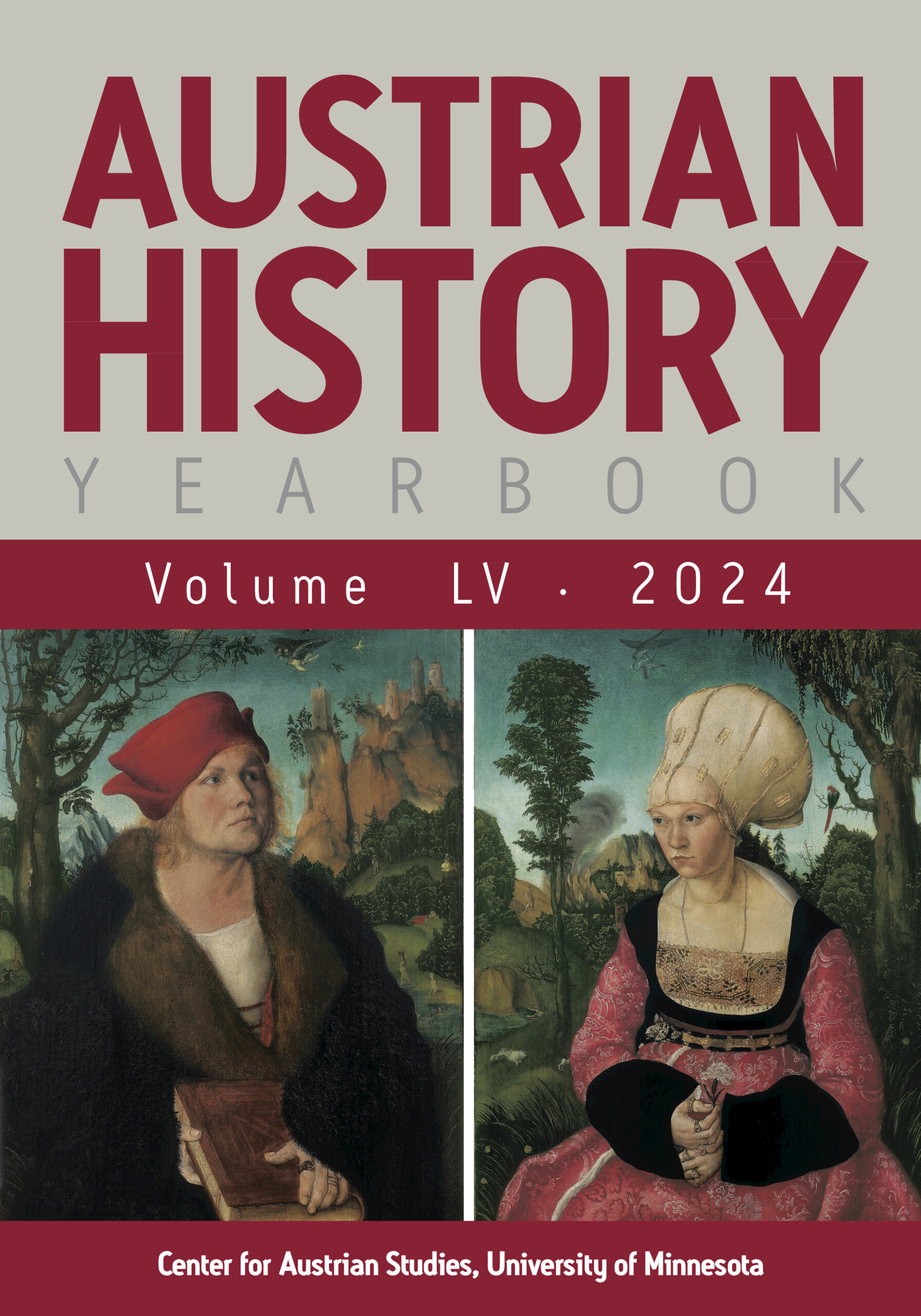A highlight of a visitor's tour of the Hungarian Parliament in Budapest is a viewing of the Szent Korona, the coronation crown of St. Stephen. The crown was supposedly given by the Roman pope to Stephen in the year 1000, as king of the Magyars and Christian ruler of the lands in the Carpathian Basin. János M. Bak and Géz Pálffy lovingly survey a vast literature in many languages about how Hungarian kings were chosen, the history and geography of coronation ceremonies, and the history of the crown and associated regalia. Their book is beautifully illustrated with images from manuscripts, publications, and after 1848, photographs of the crown and coronations in 1867 of Franz Josef/Ferenc József, and in 1916 of Karl I/IV. Károly. The bibliography is extensive and shows the volume of new scholarship written on the crown's history in the twenty-first century, especially on the physical history of the object. According to Bak and Pálffy, more than fifty kings and two queens acceded to the throne of Hungary upon wearing the crown of St. Stephen. Immediately upon the closing of the coronation ceremony, the crown was placed into a holding box under the care of a court official, not to appear again until the next coronation.
The first section of the volume features an essay on the manner in which kings of Hungary were selected. Bak and Pálffy observe that a coronation in a monarchy was a supremely political act of transition. The authority for making such a political appointment varied between election by notables, which took place intermittently in the first centuries after the establishment of the Árpád dynasty, and selection by hereditary descent, which became the norm after the House of Habsburg occupied the throne after 1526 and remained so until the abdication of the monarch in 1918. The Hungarian notables assented to the hereditary rights of the male line of the Habsburgs in 1687, and after 1723, to the female line as well. The book then turns to the place and proceedings of the political transition, that is, coronation day. Székesfehérvár (Alba Regia) served as the coronation city for the first five hundred years of the Hungarian monarchy, but in the aftermath of the defeat by the Ottomans at Mohács in 1526, the location for the coronation moved to Bratislava/Pressburg/Pozsony, with the last two coronations (1867 and 1916) taking place at the Mattias Church in Buda. Bak and Pálffy recount the complicated staging of a coronation, including the crowning of the new monarch—an act contested between the bishop of Hungary and the palatine of Hungary—the anointing of the monarch, and the coronation speech and march. Most unusual was the “swinging of the sword” by the new king, on horseback and in four directions before the invited public. Franz Josef did it in 1867 on the Buda Hill and so did Karl in 1916, the latter taking care to surround himself with an honor guard of wounded soldiers from the front. The final section of the book tells of the regalia, in addition to the crown, that comprised a coronation ceremony. The newly crowned king also had use of a lance, a scepter and orb, special vestments, crucifixes, and coins struck to commemorate the wearer of the crown. As for the crown, Bak and Pálffy summarize the scholarship on its provenance and changes over the centuries. They report that it most likely was fashioned in the 1070s, not in the year 1000 as was commonly believed, and further, that the oldest part, the corona Gareca, was a gift of the Byzantine emperor not for King Géza I but for his Greek wife, a woman with an apparent abundance of hair. Without an additional “Latin band” and an interior cap, the crown slid off the heads of mere men, including poor Karl in 1916, on whom Bak and Pálffy write, “it sat almost ridiculously low on the king's head, as if a child were wearing a man's hat” (151).
On at least two occasions, one following the events of 1848 and one the events of 1944–45, the crown and regalia went into protective hiding. Kossuth's followers spirited the crown away from the vengeful Habsburgs in 1849 and kept it hidden for another four years, during which it suffered water and mildew damage. To Franz Josef's credit, the Austrians carefully repaired the damage and returned the crown and regalia to Buda Castle. Bak and Pálffy largely end their history with the last coronation of 1916, and only briefly survey its history (and travels) after the abdication. In late 1944, the crown was removed from Buda Castle to escape the advancing Red Army, only to have it fall into American hands and be stored for many decades at Fort Knox, Kentucky. The 1978 return of the crown to the people of Hungary—not its Communist government—is told by Tibor Glant in his 2018 A Szent Korona amerikai kalandja és hazatérése (Adventures of the Holy Crown in America and its homecoming). A century after the fall of the monarchy and three-quarters of a century after the fall of the regency, the crown holds significant public interest among Hungarians, despite the state having had different forms of republican government. Lászlo Péter's 2003 long article, “The Holy Crown of Hungary, Visible and Invisible” (Slavonic and East European Review 81, no. 3) remains a valuable account of how the crown has become the twenty-first-century symbol of Hungarian survival and persistence in the Carpathian Basin. Rather than being brought out before a small, invited party on coronation day, the people's crown today is available for all to see on a walk-in basis in the Parliament.
Bak and Pálffy are to be congratulated on producing a work of valuable synthesis. Crown and Coronation will be consulted by those interested in the monarchy in Hungary and by those interested in the symbols of political transition.


